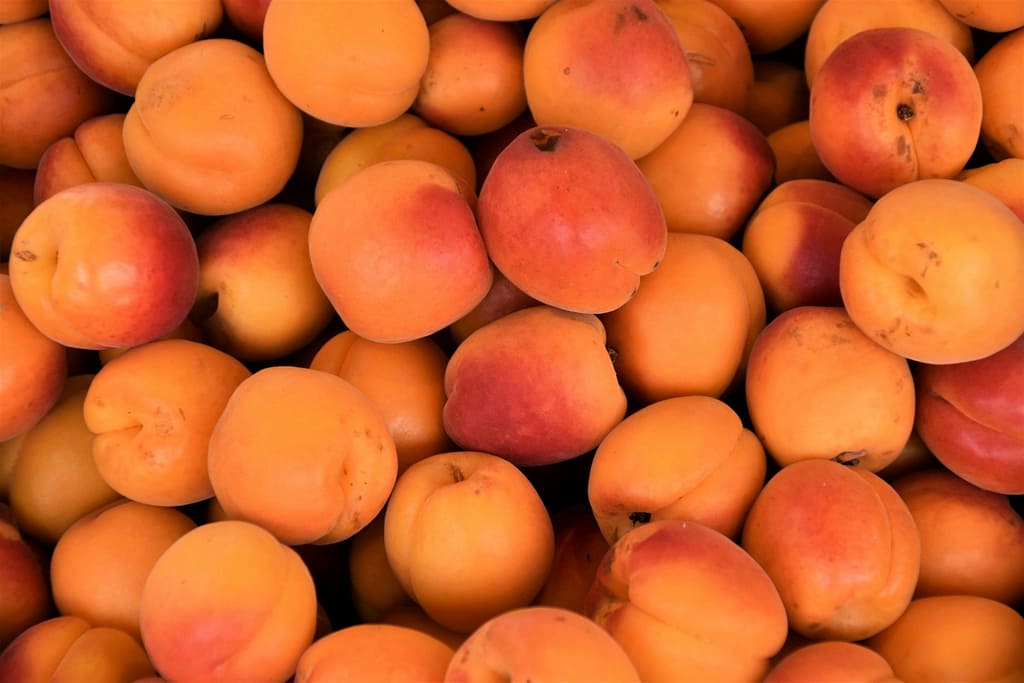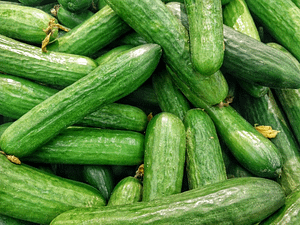
Gooseberry, the deciduous shrubs known for their oval berries, come in a variety of colors including green, red, yellow, and purple. These small berries are encased in shells and are harvested from trees that have lobed leaves and thorny branches. While the thorns can make harvesting a bit challenging, the unique and pungent flavor of gooseberries makes them a popular choice for a wide range of dishes.
Cultivation of Gooseberries
Gooseberries are cultivated in different parts of the world, thanks to their adaptability to various climates and soil types. These shrubs thrive in temperate regions and can be found in gardens and orchards across the globe. When it comes to growing gooseberries, there are a few key factors to consider:
1. Location and Soil
Choose a location that receives full sun or partial shade for your gooseberry plants. The soil should be well-draining and rich in organic matter. Sandy loam or loamy soil is ideal for their growth. Avoid waterlogged areas as gooseberries prefer moist but not waterlogged conditions.
2. Planting
Plant gooseberries in early spring or late fall, when the soil is workable. Dig a hole that is wide and deep enough to accommodate the root ball of the plant. Place the plant in the hole and backfill with soil, ensuring that the crown of the plant is at ground level. Water thoroughly after planting.
3. Pruning and Maintenance
Regular pruning is essential for maintaining the health and productivity of gooseberry plants. Prune during the dormant season to remove dead or diseased wood, as well as to shape the plant. Thin out overcrowded branches to improve air circulation and prevent diseases. Mulching around the base of the plant helps retain moisture and suppress weeds.
4. Pest and Disease Control
Gooseberries are susceptible to certain pests and diseases, including aphids, sawfly larvae, and powdery mildew. Monitor your plants regularly and take appropriate measures to control these issues. Organic pest control methods, such as introducing beneficial insects or using neem oil, can be effective in managing pests.
Culinary Uses of Gooseberries
The unique flavor of gooseberries lends itself well to a variety of culinary creations. Here are some popular ways to enjoy these versatile berries:
1. Jams and Jellies
One of the most common uses for gooseberries is in jams and jellies. Their tartness adds a delightful contrast to the sweetness of the preserves. Whether you prefer a classic gooseberry jam or a more creative combination with other fruits, these preserves are sure to be a hit on your breakfast table.
2. Pies and Crumbles
Gooseberries are a fantastic addition to pies and crumbles. Their tangy flavor pairs well with sweet fillings and buttery crusts. Whether you enjoy a traditional gooseberry pie or experiment with different flavor combinations, these desserts are sure to impress.
3. Sauces and Syrups
Gooseberry sauces and syrups are a versatile addition to your culinary repertoire. They can be drizzled over pancakes, waffles, or ice cream, or used as a glaze for roasted meats. The tartness of the gooseberries adds a unique twist to savory dishes as well.
4. Chutneys and Salsas
In some regions, gooseberries are used to create delicious chutneys and salsas. The combination of the tangy berries with spices and other ingredients creates a flavorful accompaniment to savory dishes. These condiments can elevate a simple meal to a gourmet experience.
5. Other Sweet Treats
Get creative with your gooseberries and use them in other sweet treats like tarts, cakes, and muffins. Their tartness can balance out the sweetness of these desserts, creating a well-rounded flavor profile.
Whether you grow your own gooseberries or purchase them from a local market, these versatile berries offer a range of culinary possibilities. From traditional jams and pies to unique chutneys and sauces, gooseberries are sure to add a delightful twist to your meals. Experiment with different recipes and let the pungent flavor of gooseberries shine in your kitchen.

